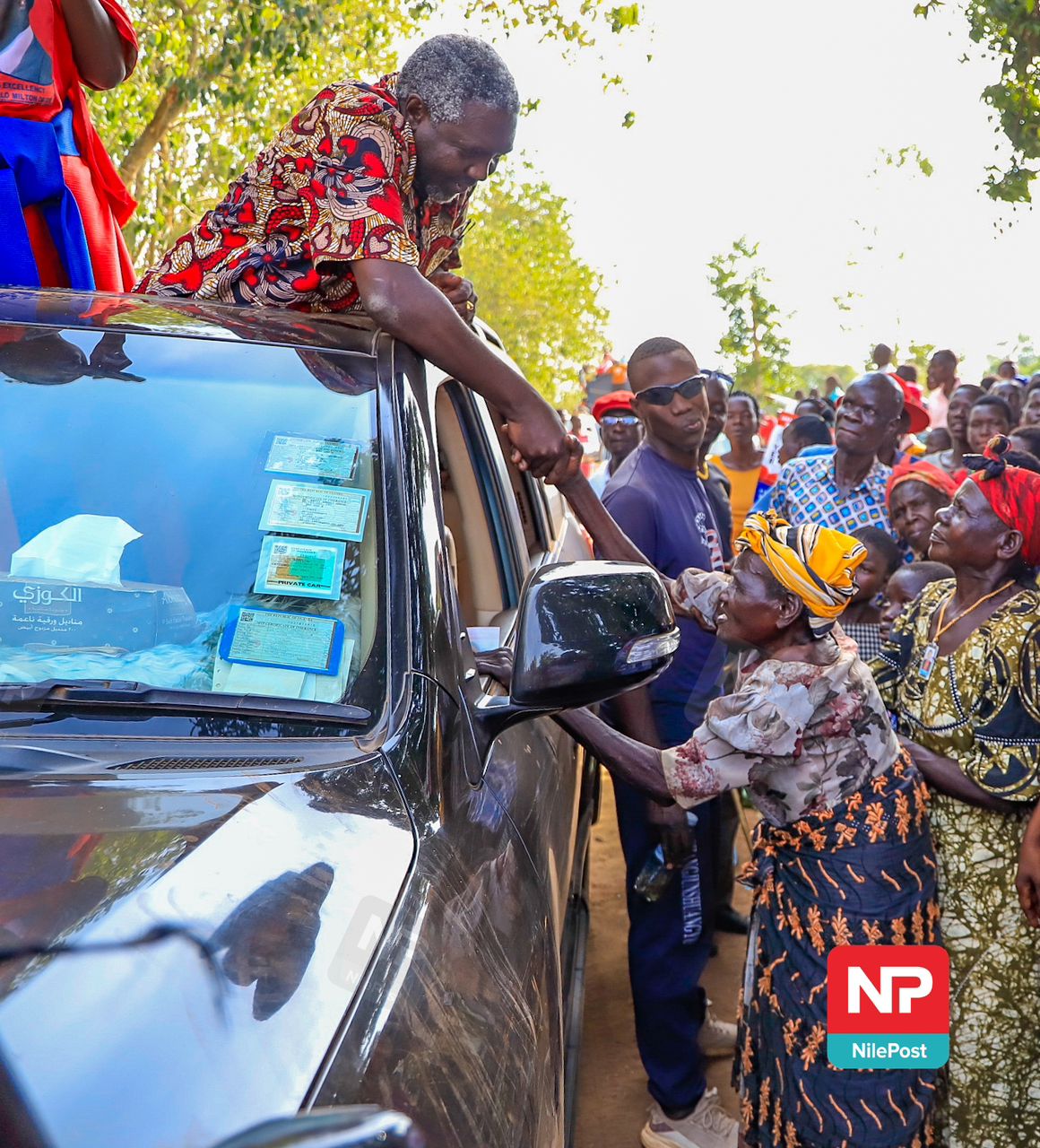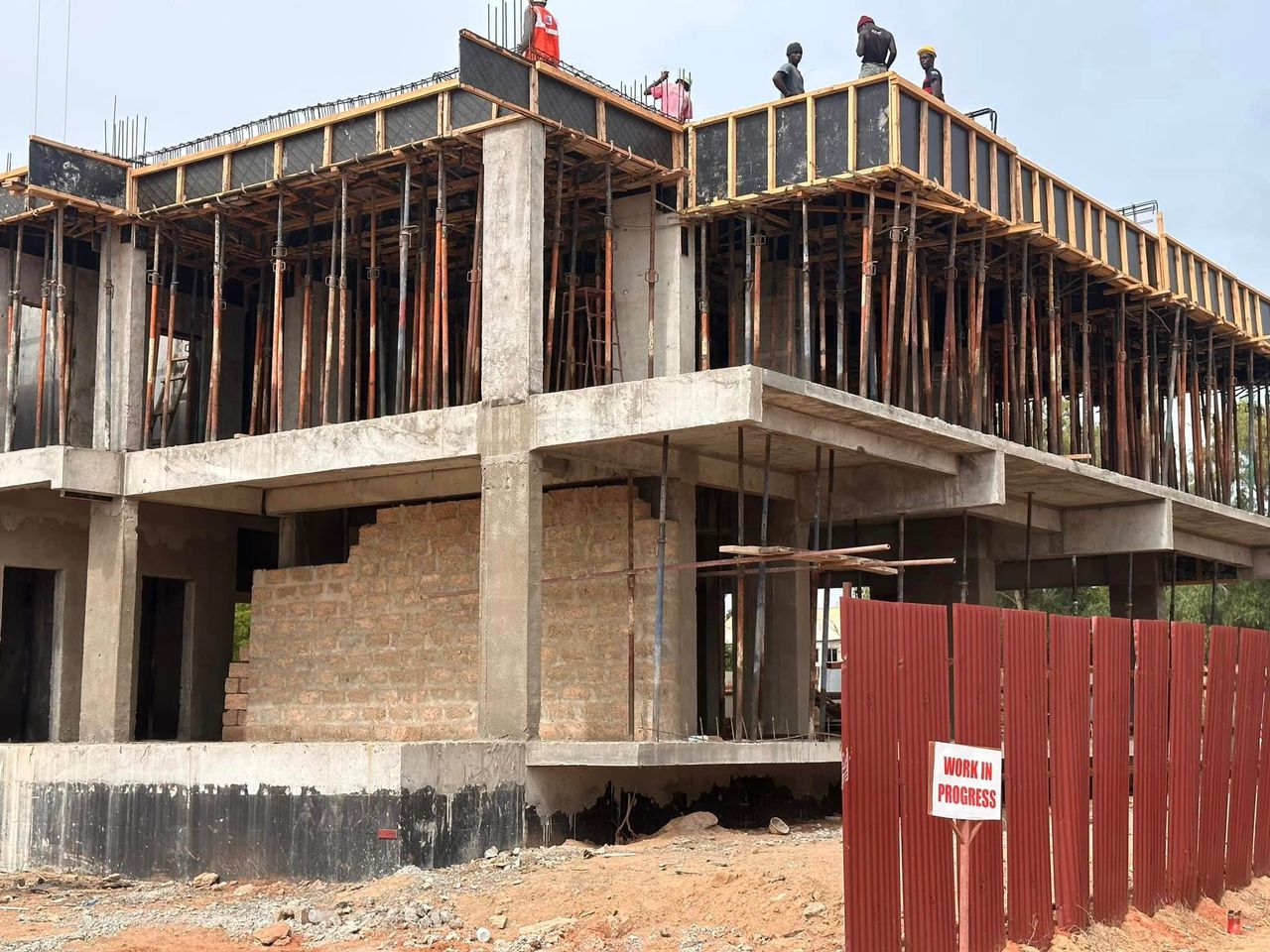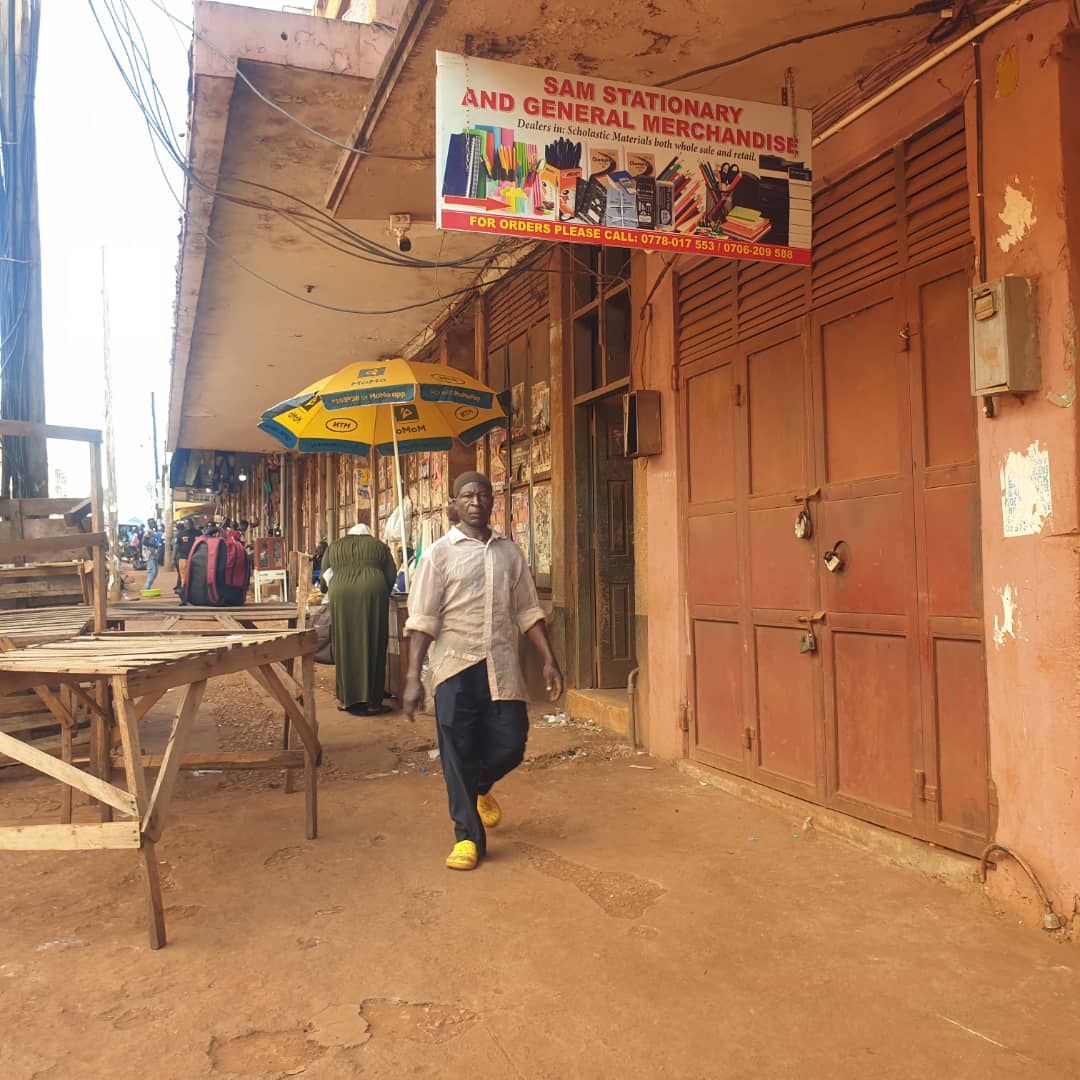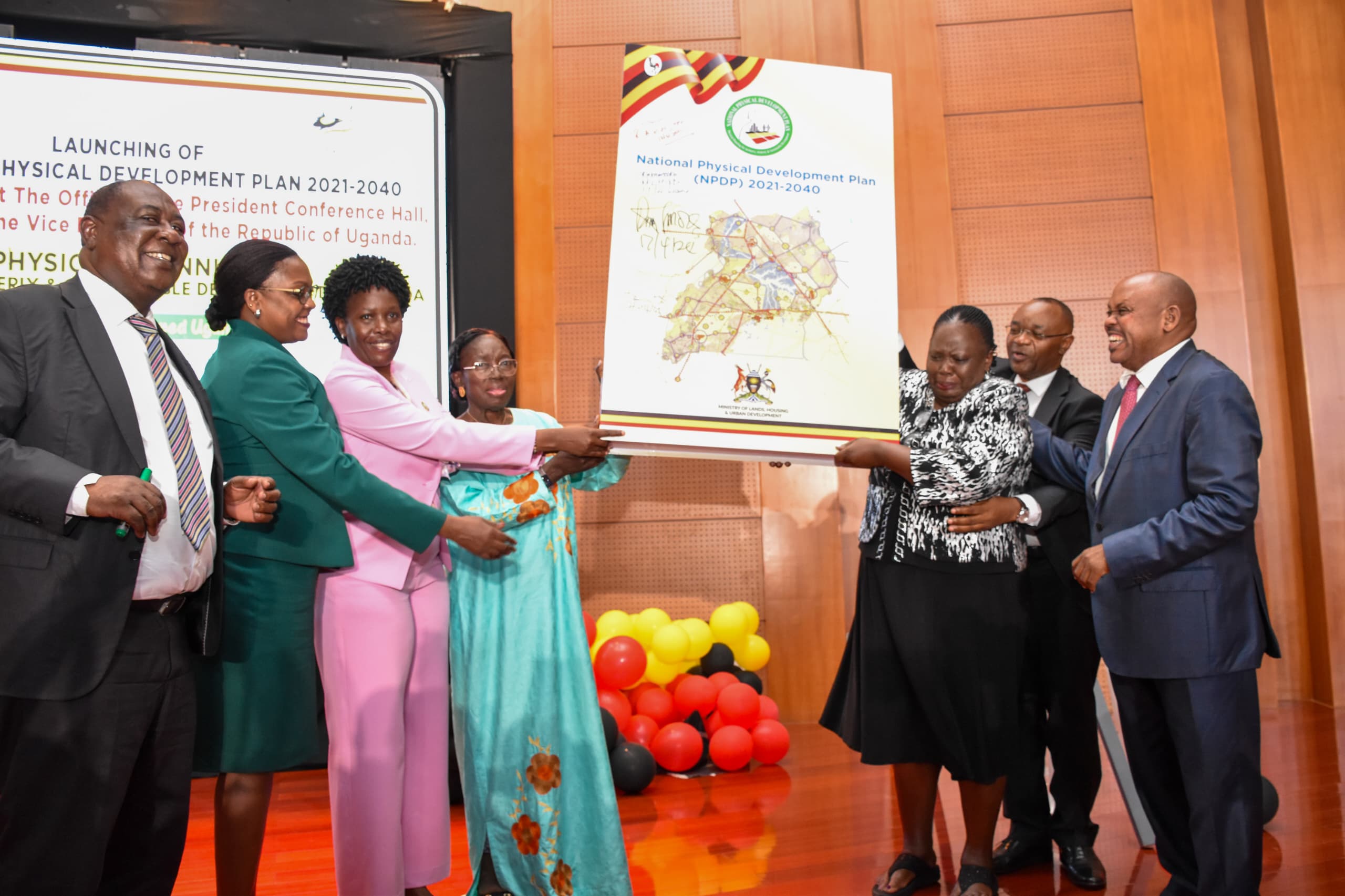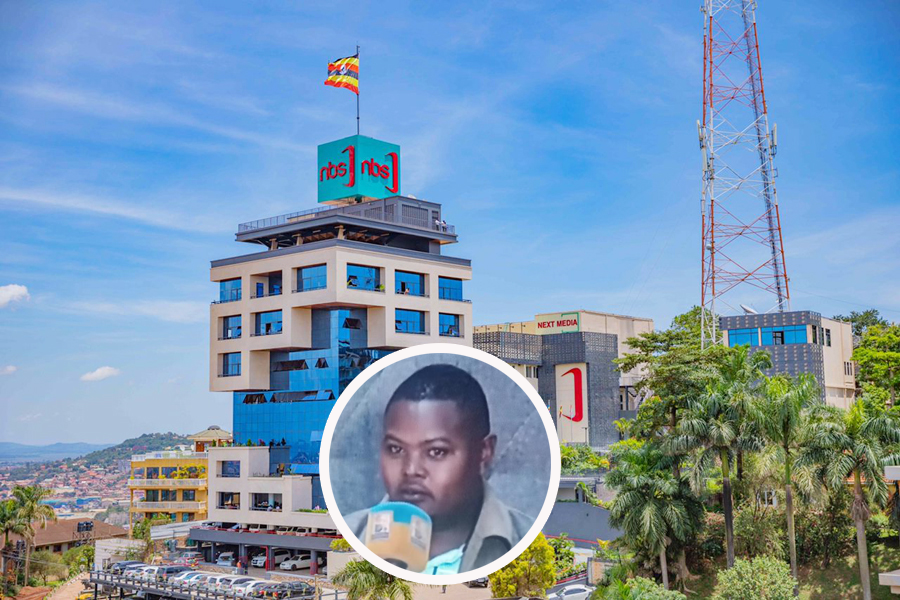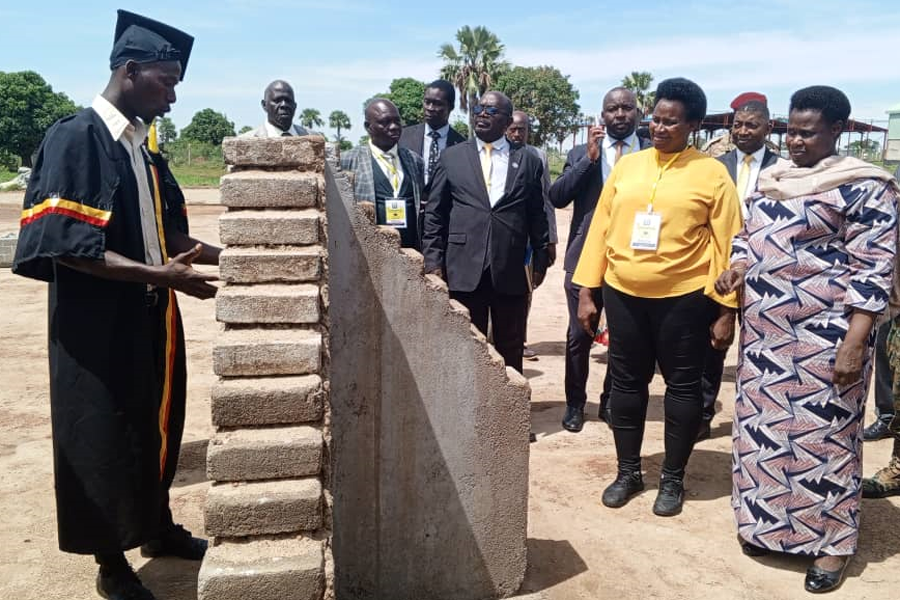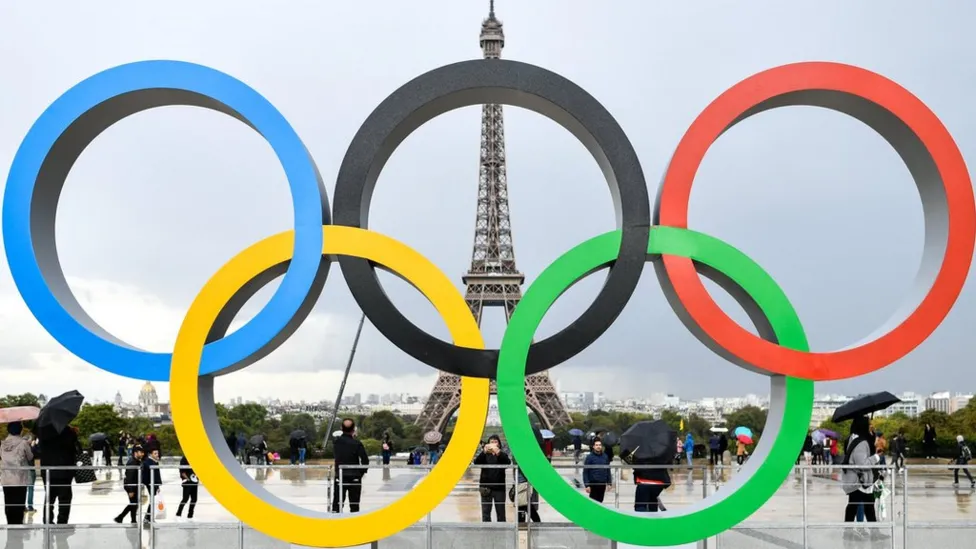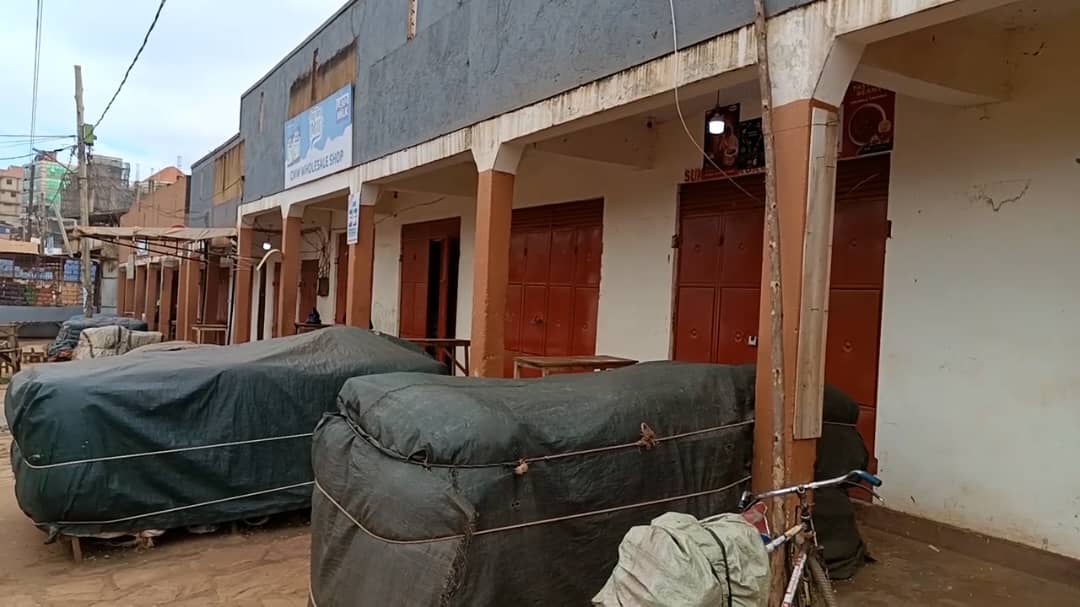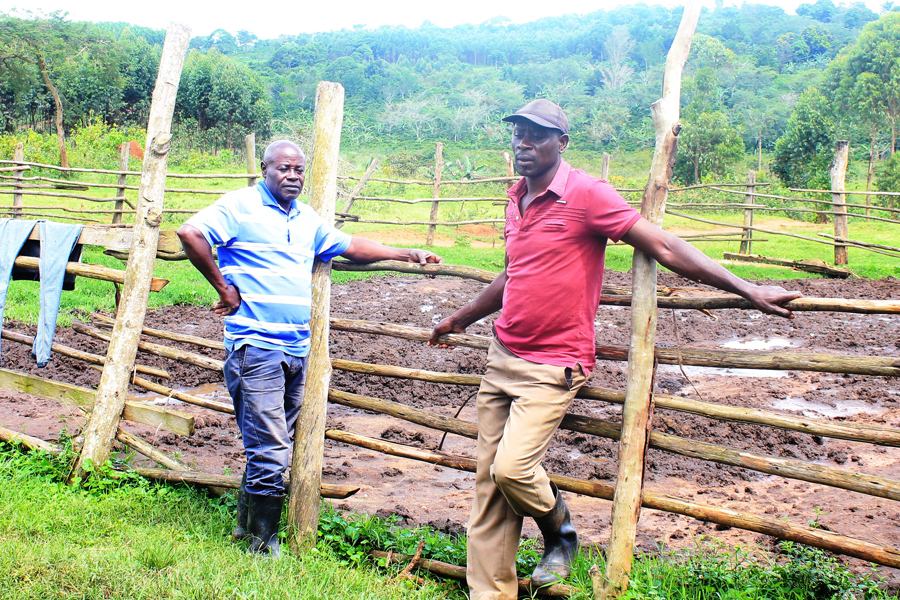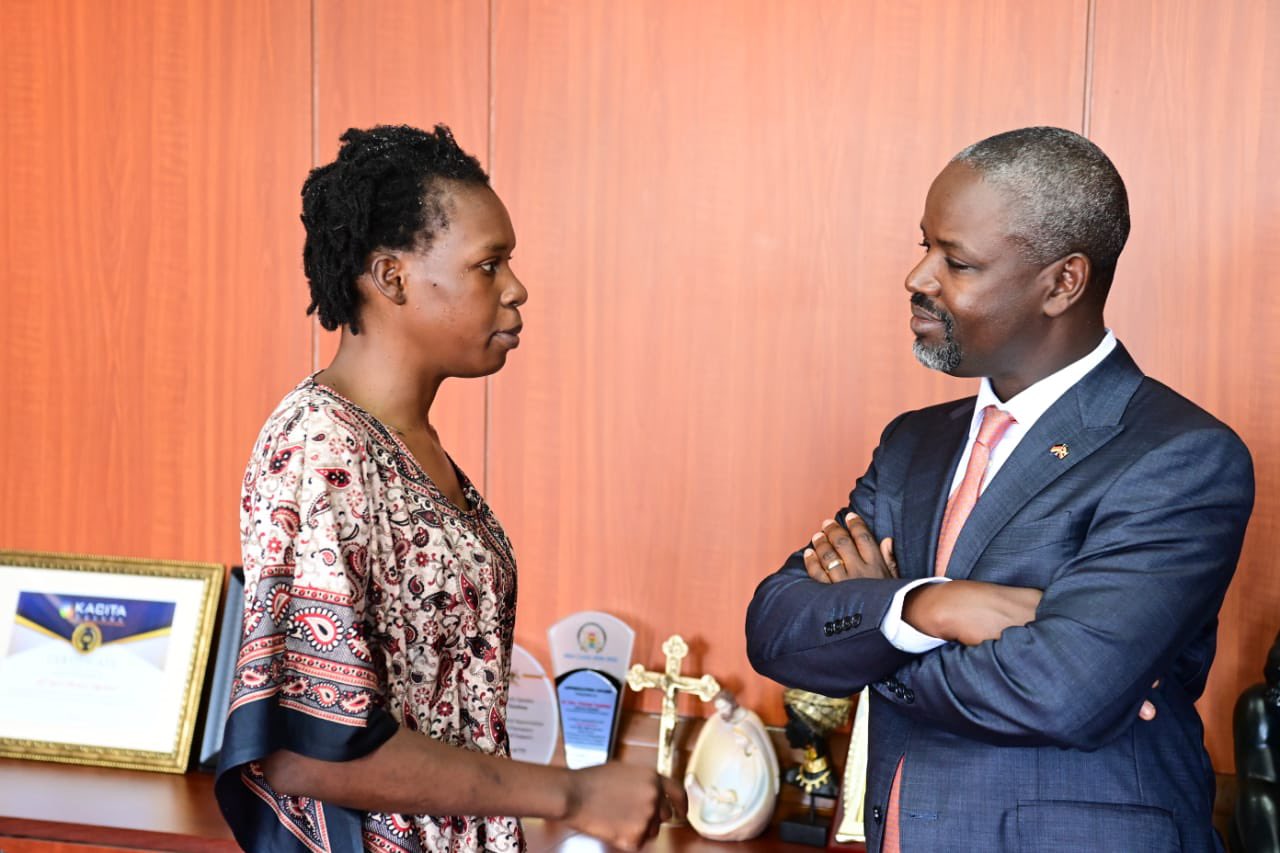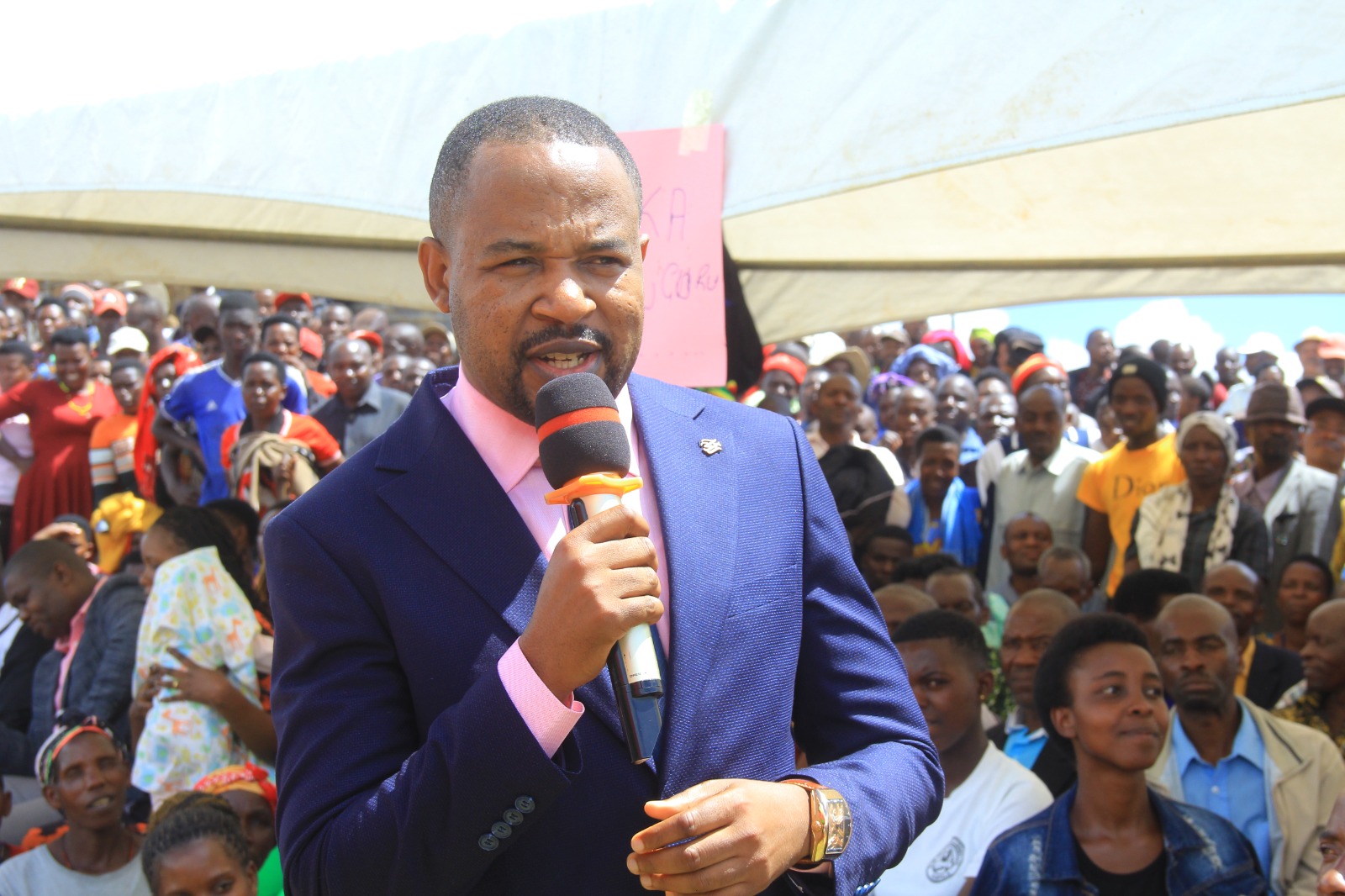Government explains rising Lake Victoria water levels
Government has warned that the current high water levels in Lake Victoria will continue up to at least the end of May.
According to Sam Cheptoris, the Minister for Water and Environment the current levels that started last year in October have consistently gone up from 12 metres to the current level of 13.32 metres.
Keep Reading
“The current rise in Lake Victoria water level started on October,1, 2019 and has consistently gone up from 12.00 meters to the current level of 13.32 meters as of 30th April 2020. This is a rise of 1.32 meters attained in only six months and the level is only 0.08 meters away from the highest level ever recorded,” Cheptoris said.
The Minister explained that because Lake Victoria is shared by the three countries of East Africa including Uganda, Kenya and Tanzania, it has over 23 rivers flowing into it and when it rains, an increase in the waters of the rivers sees a direct increase in the water they pour into the largest fresh water lake on the continent.
“Some of these rivers originate as far as Rwanda and Burundi and therefore when it rains in Burundi, water finds its way into Lake Victoria. There is however, only one exit through River Nile at Jinja,” he said.
“The quick rise in water level has also been accelerated by human activities especially environmental degradation. Loss of forest cover, encroachment on wetlands, lakeshores and river banks including poor land use practices; have resulted in soil erosion leading to siltation of our water bodies. This has resulted in speedy movement of water into the lakes and rivers with a lot of silt which has further reduced water storage capacities of our water bodies.”
According to Cheptoris, urbanization has created highly impermeable surfaces like roads, roofs, pavements that have reduced water infiltration into the soil, interception and evapo transpiration capacity of forests and wetlands leading to the current state of affairs.
Effects
The Minister noted that the rising water levels in Lake Victoria have affected water transport and bridge construction in the country.
“These include ferries along River Nile which have been suspended as there is inundation and submergence of jetties and landing sites. In addition, construction of Kyiko Bridge, downstream of Isimba Hydropower Dam has come to a halt,”Cheptoris said.
The rising water levels have also seen ferry services to Kalangala affected as both MV Pearl and MV Ssese ferries that connect the island district to Masaka have no permanent docking points prompting passengers disembark to the nearby swamps.
According to the environment minister, settlements near the lake have also been affected after homes became submerged.
Cheptoris mentioned Serena-Kigo Hotel, Speke Resort Hotel Munyonyo, Hotel Protea Entebbe, Gaba Beach, K.K Beach, Miami Beach, and several other beaches, markets, Gaba water works and jetties among those affected by the rising water levels in Lake Victoria.
“A number of areas around Lakes and rivers have been identified as high flood risk areas and essential features such as schools, health facilities and places of worship both churches and mosques are at risk,” he noted.
He warned that Lake Kyoga is also projected to exceed the highest historical water level of 13.2 meters and as such shorelines, swamps and flood plains will experience high water levels and this will affect nearby features including settlements.


